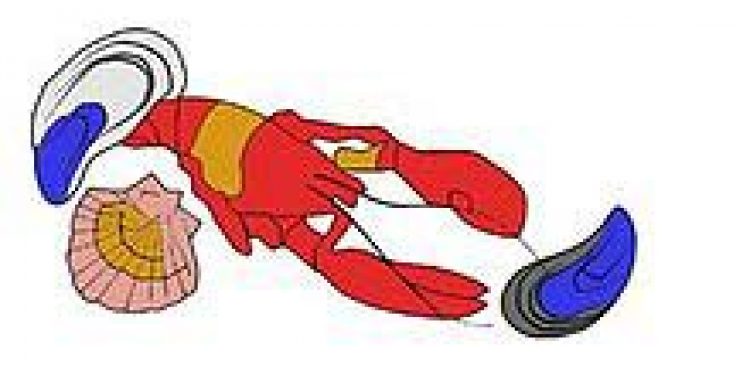Shellfish Association of Great Britain’s academic members collaborate with fishermen at the Lundy Island MCZ to reveal unforeseen effects on the lobster population in the No-Take Zone.
An important scientific paper was published this week describing an increased incidence of disease in European Lobsters (Homarus gammarus) inside the No-Take Zone of the Lundy Island Marine Conservation Zone (MCZ) in the Bristol Channel, UK.
Dr Emma Wootton and her colleagues from Swansea University worked closely with local fishermen on an extensive survey in the Lundy MCZ, sampling both within the No-Take Zone, where all fishing activities are prohibited, and in the Refuge Zone, where pot
fishing is still authorised. They report an increase in lobster number and size within the No-Take Zone, in comparison to the fished Refuge Zone, but with a cost of increased levels of physical injury and shell disease.
Publication of these results is timely given the growing demands for increased numbers of highly-protected MCZs. The final list of English MCZs is to be announced before Christmas; whereas the network of Welsh MCZs, all proposed as No-Take Zones, iscurrently under consultation.
The researchers highlight that classical epidemiological theory predicts that increased numbers of lobsters within the No-Take-Zone could increase the risk of disease within the population. This is true for all living species, both marine and terrestrial.
The observed increase in shell disease in the Lundy No-Take Zone is thought to be due to higher levels of aggressive behaviour between competing lobsters, resulting in damage to the carapace that later becomes infected.
Although the potential positive effects of MCZs are well publicised, the potential detrimental effects are less so. This study at Lundy Island highlights the potential for negative effects on important commercial species, and therefore is of particular interest to SAGB. The Swansea University scientists suggest, and we agree, that the cost benefits of such protected areas should be critically assessed and that health monitoring should be included into future management strategies, with the aim of improving marine reserve design and efficacy.
David Jarrad, Director of SAGB said, “The SAGB wholeheartedly supports and is actively involved in improving marine conservation and fisheries management. This timely study highlights the importance for independent scientific evidence to inform the use of marine protected areas; we really do need to assess the role of No-Take Zones to ensure that they are the appropriate tool for the job.”
SAGB – FiskerForum.com









